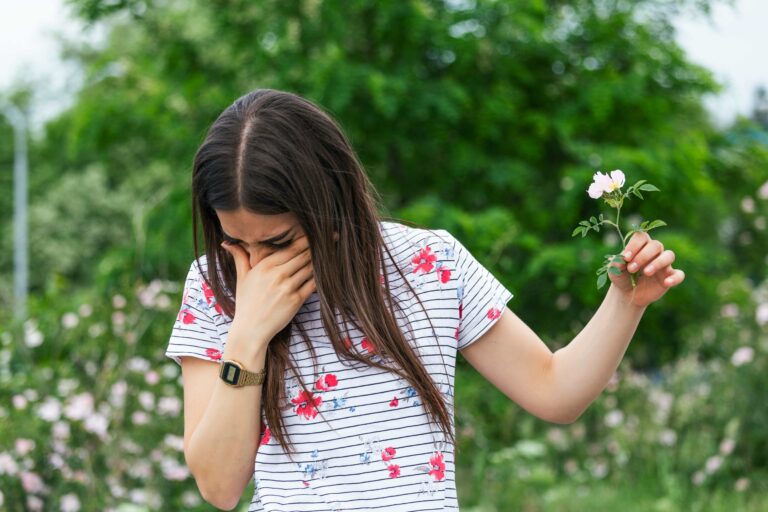Climate change isn’t just bringing hotter summers or more rain – it’s also making seasonal allergies harder to deal with. Across the world, people are noticing their hay fever and asthma are getting worse, and one big reason is the way the weather is changing.
During spring and summer, trees, grasses, and plants release pollen into the air. For people with allergies, this can cause sneezing, itchy eyes, and breathing problems. But now, there’s something new making it worse: thunderstorms.
When a thunderstorm hits during pollen season, it can break pollen grains into tiny pieces. These small particles get deeper into your lungs and can cause more serious reactions than usual. Some people even end up in hospital with severe asthma attacks after these types of storms – a problem known as “thunderstorm asthma.”
But storms aren’t the only issue. Air pollution – like car fumes and smoke from factories – also makes things worse. It can mix with pollen and make it stronger, causing more intense allergy symptoms. On top of that, pollution damages the lining of your nose and lungs, which makes it easier for allergens to get into your body.
Climate change is also making pollen season longer. Warmer weather and higher levels of carbon dioxide (the gas that comes from burning fuel) help plants grow faster and release more pollen. In some parts of Europe, trees like birch are now producing more pollen than before.
Another problem is the spread of plants like ragweed. This weed is known for its strong pollen and is moving into new areas as the climate warms. Millions of people who never had issues before are now dealing with ragweed allergies, and some countries are even trying to stop it by using insects that eat the plant.
All these changes are coming together to create a bigger problem for people with allergies. Stronger storms, longer pollen seasons, more pollution, and new allergens mean more people are struggling with symptoms – and some are having more serious reactions than ever before.
To deal with this, we need better ways to track pollen and weather, more support for allergy sufferers, and action to reduce pollution and climate change. Allergies might seem like a personal health issue, but they’re now a sign of a much bigger environmental problem – and we all need to pay attention.


